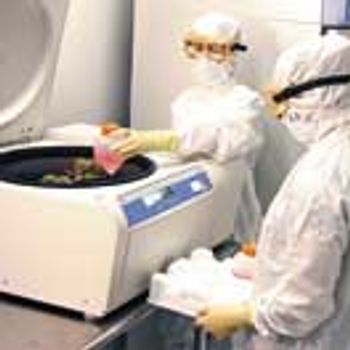
A thorough cell-bank testing plan is necessary to certify the safety and purity of a resulting biopharmaceutical product.

A thorough cell-bank testing plan is necessary to certify the safety and purity of a resulting biopharmaceutical product.

Optimization of each phase in a chromatographic cycle has a positive impact on productivity.

The new sizes follow the 2014 launch of the company’s fully disposable purifier.

The use of single-use systems in downstream processing offers benefits in filtration and sampling and may reduce the risk of contamination.
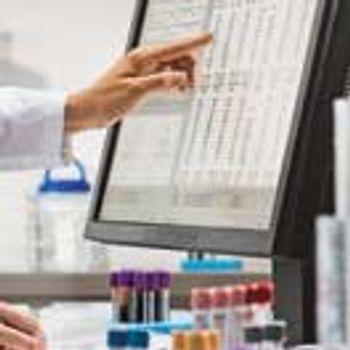
Advances in adventitious agent detection methodology are bringing benefits, but more work needs to be done.
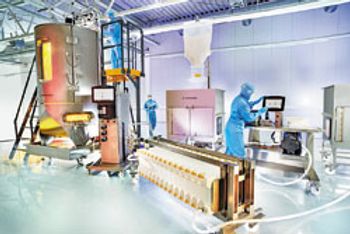
Sartorius Stedim Biotech’s Sartoclear Dynamics is a clarification system designed to harvest mammalian cell cultures with high cell densities using single-use technology.

The new column features Natrix’s signature macroporous hydrogel.

BioSC Lab biochromatography system performs protein purification in batch and continuous modes.
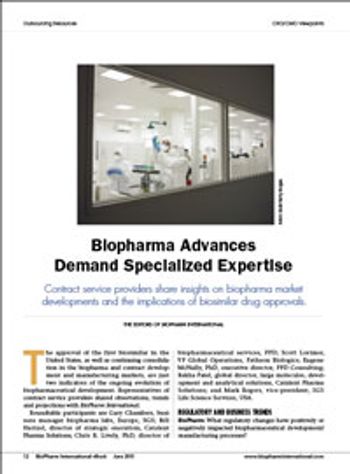
Contract service providers share insights on biopharma market developments and the implications of biosimilar drug approvals.
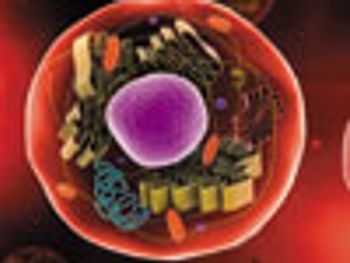
This article reviews the definition of HCPs, risks posed by HCPs, regulatory concerns, commonly accepted ELISA methods for HCP measurement and their limitations, and orthogonal methods available for HCP characterization.

Removal of microorganisms is crucial when working with biologics. Sterile filtration offers a reliable, safe, and effective way to ensure product integrity.

Higher cell densities, greater demand for high-performance viral clearance, and desire for large-scale single-use technologies are driving development of filtration technologies.

The single-use clarification system eliminates centrigues; harvesting can be performed in one step; and process robustness and predictability are ensured.

Pall’s acquisition of BioSMB from Tarpon Biosystems expands its downstream continuous processing offerings.
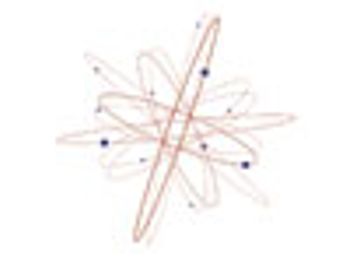

Making the switch from batch to continuous manufacturing requires a thorough understanding of the process.

Large-scale implementation of Protein A chromatography offers several challenges.
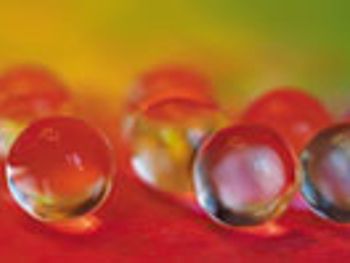
Recent technological advances in the way biologic therapeutics are purified may bring size-exclusion chromatography back into the modern purification process.
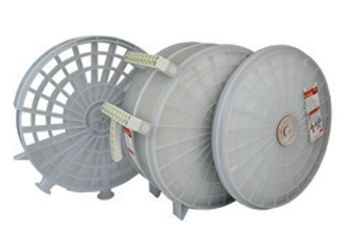
The all-synthetic clarifying product line contains both an anion-exchange nonwoven media and a fine-particle, bioburden reduction membrane.
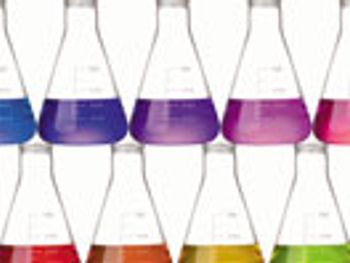
They may not be glamorous, but buffers play an important role in biopharma manufacturing.
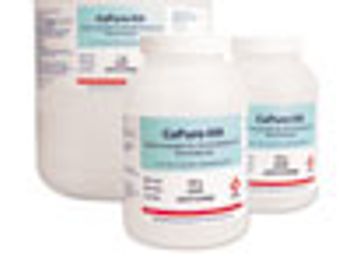
Tosoh Bioscience’s CaPure-HA hydroxyapatite chromatography resin is designed for the purification of monoclonal antibodies, polyclonal antibodies, and antibody fragments, and the separation of antibody isoforms and isozymes.
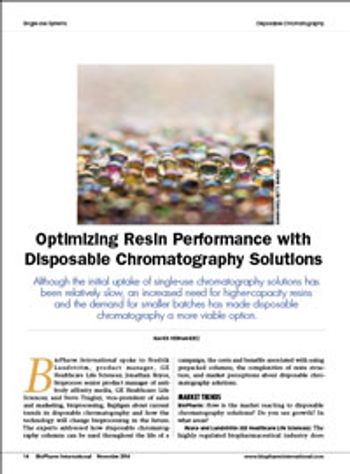
An increased need for higher-capacity resins and the demand for smaller batches has made disposable chromatography a more viable option.

Challenges remain for virus removal and validation.

Pall ForteBio introduces a solution for quantifying residual host cell proteins in CHO cells.
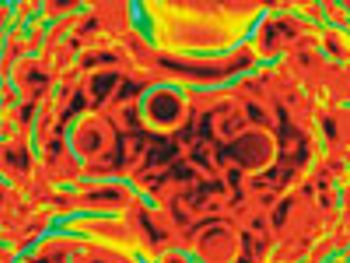
A quality-by-design approach that defines potential viral contaminants of source materials can be used to achieve viral clearance.